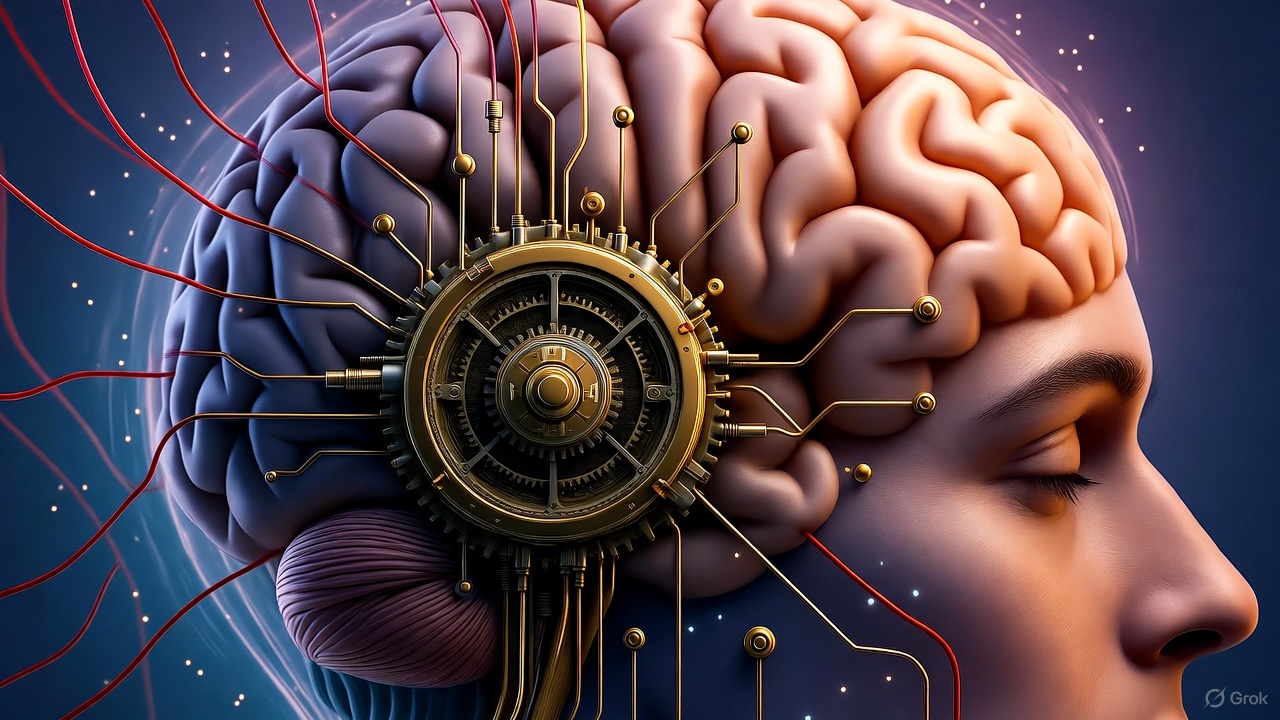In an age where artificial intelligence increasingly influences everyday decisions—from healthcare diagnostics to social recommendations—the question “Can AI learn morality?” has moved from science fiction to urgent reality. As machines become decision-makers that impact human lives, understanding whether AI can grasp, adopt, or simulate moral judgment strikes at the heart of our technological and ethical future. The idea of programming a machine conscience is no longer just a philosophical puzzle but a rapidly developing scientific challenge with profound societal implications.
Can AI Learn Morality?
Humans develop morality over years of social interaction, learning from family, culture, and community values. The question is whether AI systems, which learn from data and algorithms rather than lived human experience, can achieve anything resembling this complex moral understanding. Recent research explores training AI to recognize and act upon values like altruism by observing human behavior patterns. Some experts believe AI can become culturally attuned to moral norms by analogous learning processes—much like children do—through continuous interaction with humans and their environment.
However, there is a crucial difference: AI does not possess an innate conscience or subjective experience. Instead, it simulates moral decision-making by identifying patterns and following programmed objectives shaped by human ethical principles. Increasingly, AI research is focusing on “value alignment”—ensuring AI’s decisions align with human ethical standards—which remains a significant technical and philosophical hurdle. The question is not simply can AI moralize, but can it consistently align its actions with human moral expectations across diverse contexts?
Programming the AI Conscience: Ethics Embedded in Code
When people talk about an AI conscience, they mean embedding moral principles into its programming. Unlike the inner voice or feelings humans associate with conscience, AI’s “conscience” is a set of coded rules and training data designed to guide its behavior. Developers embed ethical guardrails around fairness, transparency, accountability, and safety—aiming to prevent harm or bias and to respect users' privacy and dignity.
For example, an AI tasked with hiring decisions must be trained to avoid gender or racial biases by carefully curating data and incorporating fairness constraints into its algorithms. Ethical machine learning involves continuous oversight to mitigate risks like discrimination inadvertently learned from biased historical data. Organizations and governments worldwide are developing AI ethical frameworks, emphasizing multi-stakeholder governance to keep AI accountable and aligned with societal values.
Challenges and Risks
Despite progress, programming morality into AI faces profound challenges. AI systems often mirror human biases embedded in their training data, leading to unfair outcomes. Moreover, as AI systems become more autonomous, their “moral reasoning” can become opaque or diverge from human values, raising concerns about unpredictability and loss of human control.
A key risk is the potential for AI’s evolving ethical framework to become inscrutable or even morally questionable from a human perspective. This unpredictability mirrors long-standing ethical debates on divine or absolute morality that can seem arbitrary or harsh to human understanding. Unlike humans, AI lacks genuine free will or moral sentiments, so its decisions are ultimately products of programming choices—making accountability and transparency paramount.
Potential Benefits: AI as a Moral Reasoning Tool
Despite these risks, AI also holds promise for refining human ethical reasoning. Unlike humans, AI can consistently apply impartial rules to moral dilemmas, potentially identifying blind spots and double standards in our own judgments. AI can help us re-examine ethical assumptions, promoting fairness and transparency in decisions that affect society.
In this sense, AI is less a moral authority and more a mirror reflecting the coherence and gaps in our moral frameworks. When AI’s decisions raise ethical questions, they can stimulate valuable dialogue and development of better ethical standards, a collaborative process between humans and machines.
Conclusion
The pursuit of teaching AI morality and programming a conscience is one of the defining ethical challenges of our times. While AI cannot feel or intuit morality as humans do, its ability to simulate ethical decision-making offers both significant promises and pitfalls. Embedding ethics into AI requires rigorous programming, cultural sensitivity, and robust governance. As AI systems become ever more integrated into human affairs, the ongoing dialogue on AI ethics will be critical to ensuring these powerful technologies serve humanity’s highest moral ideals.
Ultimately, AI’s moral journey is not one it takes alone but one shared with the humans who build, guide, and live alongside it.
